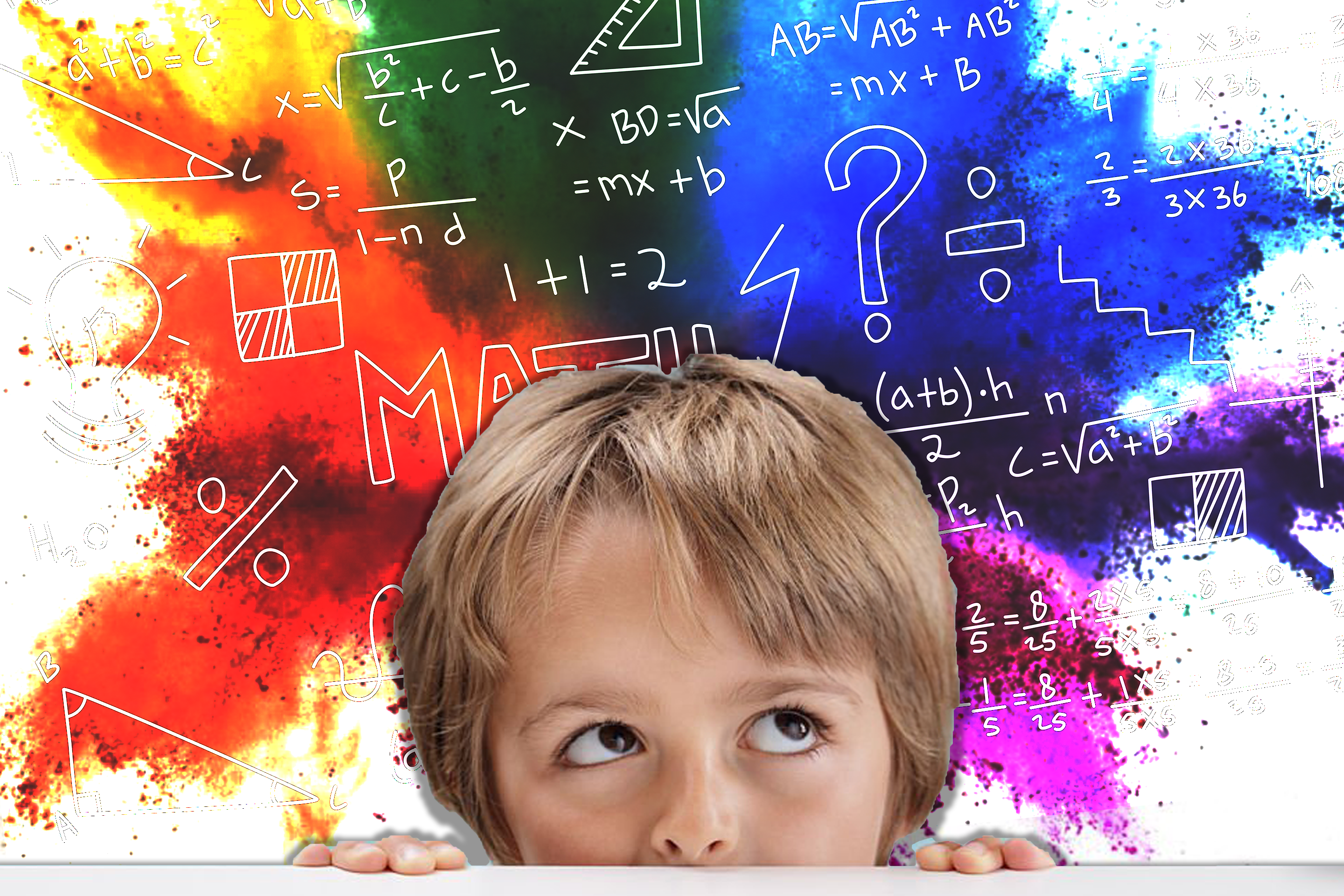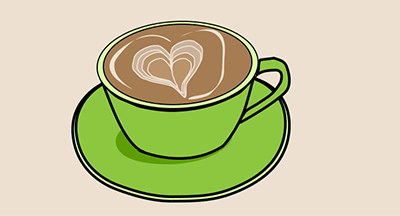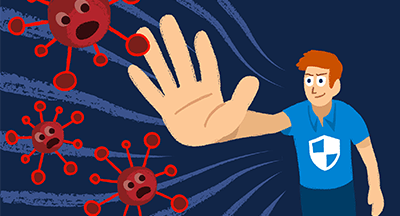
For centuries, success in the academic world has rested on the cornerstone of math. In the acronym STEM, we end on the all-important element of mathematics. The three Rs of yore represent reading, writing, and ‘rithmetic, however bastardized they might be. Emphasis on math does wonders for the kids who gravitate toward its no-nonsense style. But for the kids who experience math anxiety leading them to self-select out of math, let’s join the revolution and illustrate (pun intended?) when they might actually use this in the real world.
Math anxiety really IS that big of a deal, globally
Researchers have studied the relationship between math anxiety and math achievement using data from the Program for International Student Assessment (PISA). In 63 of the 64 participating nations, students who reported higher math anxiety had lower math performance, while students who had lower math anxiety had higher performance. How big of a gap are we talking? For every single-point increase in math anxiety, there was a corresponding 29-point decrease in math scores.Math anxiety shows up even when students only anticipate doing math, and lights up the regions of the brain associated with visceral threat detection and pain. This “lizard brain” reaction is deeply ingrained in humans, and not possible to simply get over and ignore.
This is not to say that students who experience math anxiety are incapable of doing math—far from it. In fact, students with math anxiety can also display a high level of “working memory” needed to handle high-level math after achieving automaticity, which frees up working memory by ingraining lower-level math in the brain’s neural pathways. These students are capable and well-equipped, but the energy used by their hardwired anxiety keeps them from achieving automaticity. When automaticity stuffers, so does performance. Consequently, higher-achieving students with math anxiety suffer the greatest negative relation in performance.
Embracing math & friends for a bright future
Luckily, there are solutions to combat math anxiety. One of the most accessible is simply to acknowledge its existence. Talking about the physiological response did wonders to ease tension for students and let them know their feelings on the matter are not unheard of, and in fact, are widely shared. Other solutions included apps that help ease parental math anxiety (and therefore also their children’s) and one-on-one tutoring to curtail that threat recognition response in students’ amygdalae.But the goal really isn’t to simply exist; the overall goal is to capture student engagement and keep them working toward college and career goals. And globally we know that means filling hundreds of thousands of STEM and tech jobs. So how can teachers not only combat math anxiety, but help students make amends with mathematics?
The answer, much like searching for complementary hues on the color wheel, lies in identifying what feels like the polar opposite of math. When the somewhat restrictive, high-stakes right-or-wrong answers of math start to chafe, many students look for the freedom of open-ended art classes. What if they could have their cake and eat it too? What if a spoonful of art helped the mathematics go down in a more delightful way?
STEAM bridges the gap between rigid and creative
The deliberate invitation of creativity aims to help more students build their STEM skills and expand their horizons for what those lucrative (and high-demand) careers can produce. By adding one more important element, art, educators can capture the passion of students of all types—and maybe make a tactical pitch for math not being so bad after all, even if it is genuinely very scary.The addition transcends the typical conversation of STEM as being quite rigid: right answers, defined mathematically, determined by a specific formula. Instead, incorporating practical examples of using STEM concepts to create something new that isn’t math- or science-based makes the skills behind them appear more open-ended. Math is used for animation, for measurement, and more. One of the actionable and scalable solutions in pedagogy is changing the terminology and jargon used in math classrooms. For example, while calculating the effects of morning oral hygiene, students were using “change equations” rather than “differential calculus.” Of course, the more accessible term rang just as true, albeit less threatening.
This shift in language offers access for students who aren’t likely to hear terms like “differential calculus” thrown around in their everyday environment. If students not only have to learn a host of new skills but also a whole new language, the odds of capturing fresh interest lowers dramatically. Using plain language gives students the opportunity to broach the topic without intimidation. While STEM skills are used to create new things all the time, parameters keep creativity within a product’s scope and scale. Introducing art simply adds a new way for students to flex their creativity using multiple skills and methods. In this way, STEAM lessons can be less about the destination, and more about the skills we practice along the way. A destination is important, but creativity adds flexibility to how students get there.
It isn’t enough to add an extra vowel to the acronym and call it a day. Instead, make it a point to illustrate the different ways STEAM can power a career. The opportunities are numerous. Students who want to work with food can dabble in chemistry as well as family and consumer education. While one student might feel a little lost in the ceramics world, perhaps computer-assisted design or animation will spark their creativity. Not only can one add art to STEM, but also experiment with adding STEM to art. For example, students may explore the golden ratio in famous artworks to figure out exactly what patterns humans find aesthetically pleasing.
The comic Demetri Martin is sometimes credited with the adage “The earth without art is just eh.” Adding art to science, technology, engineering, and math marries a limitless creative force with the skills needed to build something world-changing.
STEAM is truly out of this world.
WHAT'S NEXT FOR YOUR EDTECH? The right combo of tools & support retains staff and serves students better. We'd love to help. Visit skyward.com/get-started to learn more.

|
Erin Werra Blogger, Researcher, and Edvocate |
Erin Werra is a content writer and strategist at Skyward’s Advancing K12 blog. Her writing about K12 edtech, data, security, social-emotional learning, and leadership has appeared in THE Journal, District Administration, eSchool News, and more. She enjoys puzzling over details to make K12 edtech info accessible for all. Outside of edtech, she’s waxing poetic about motherhood, personality traits, and self-growth.
.jpg)



